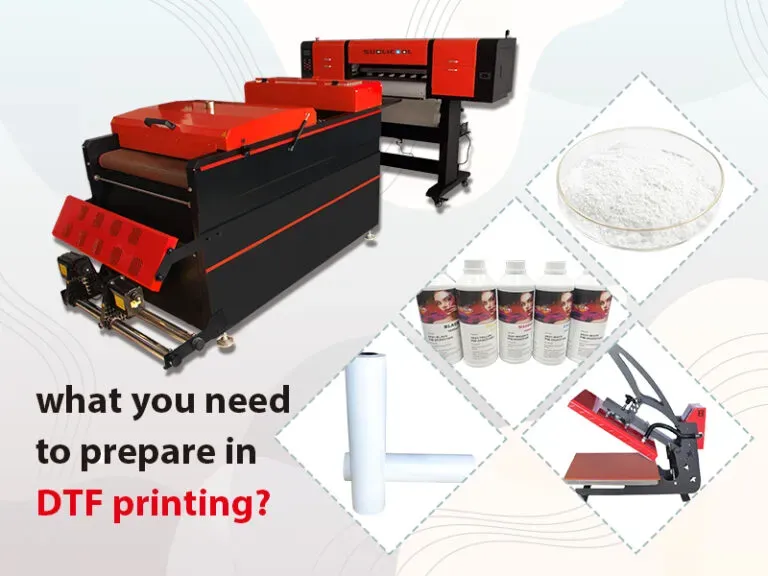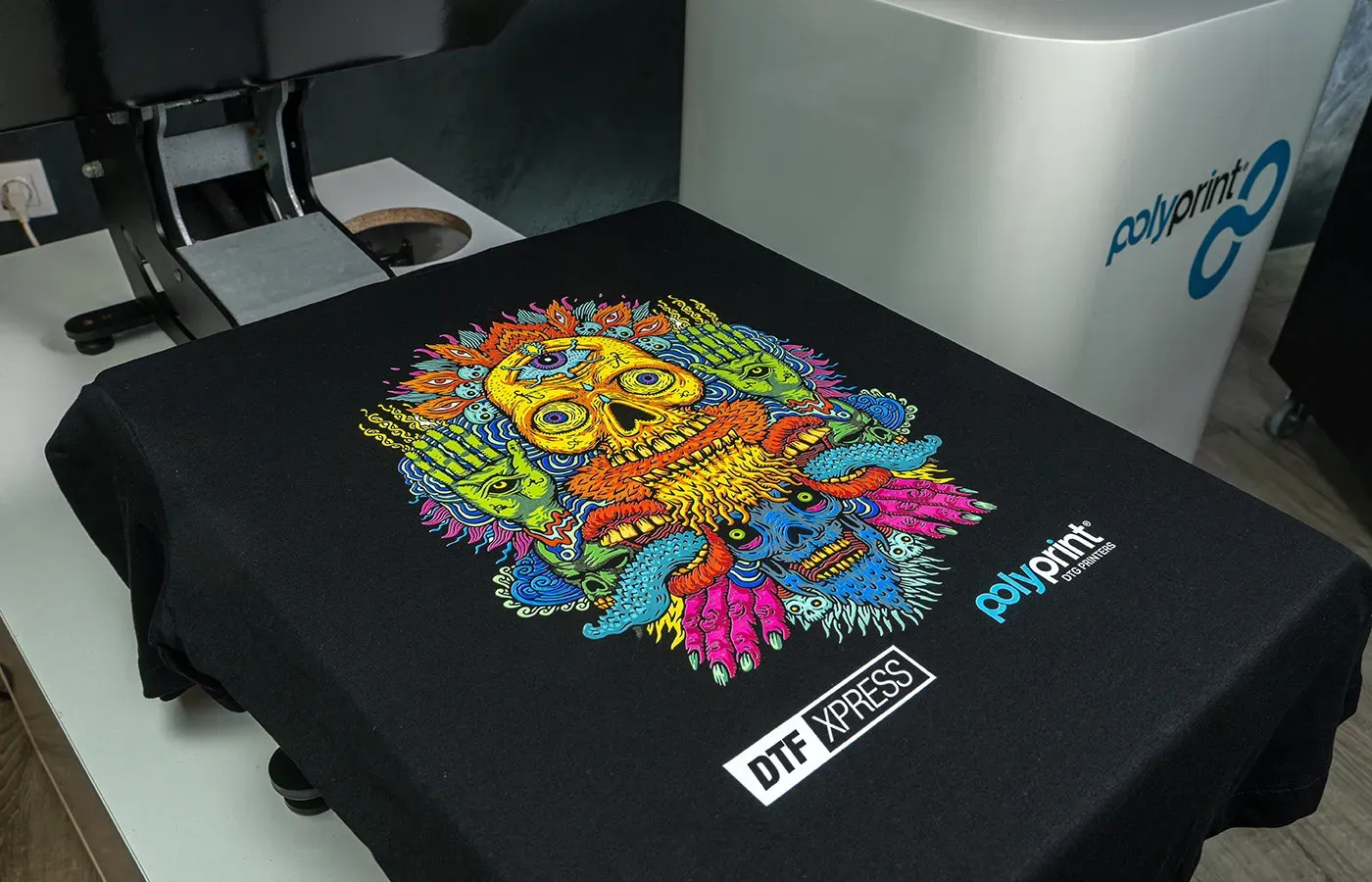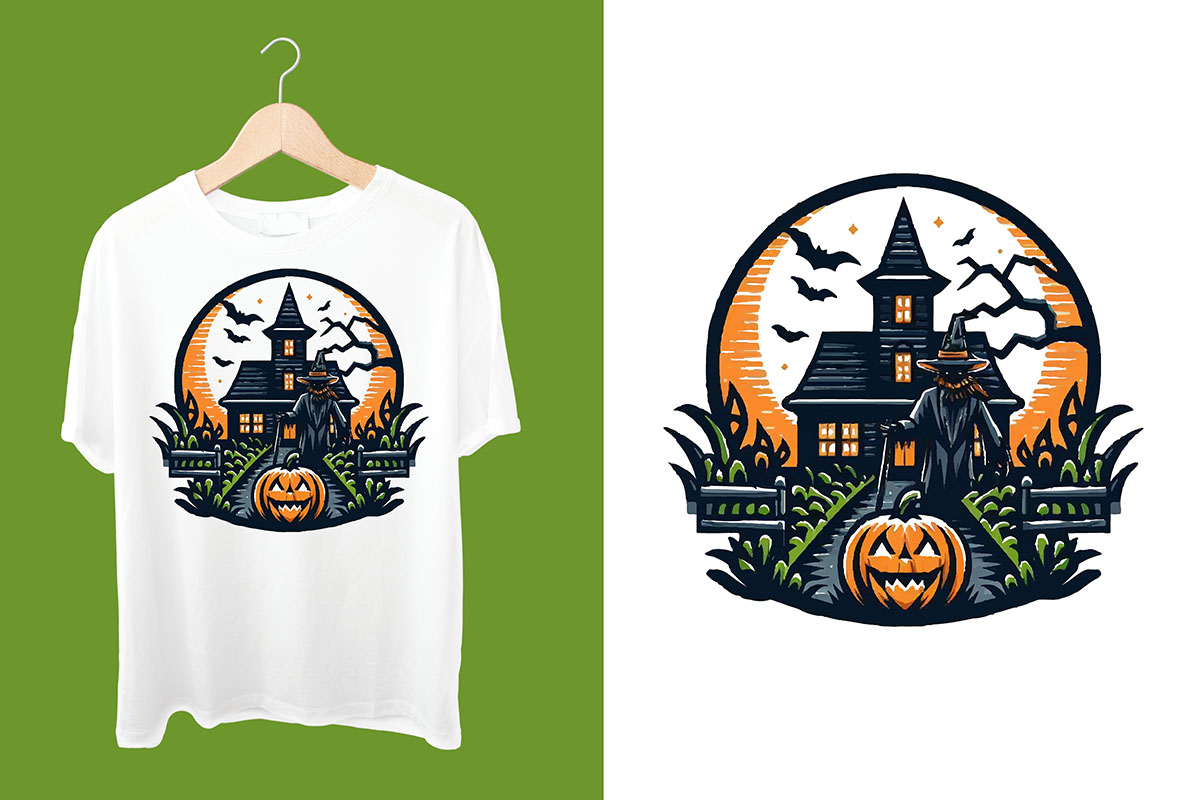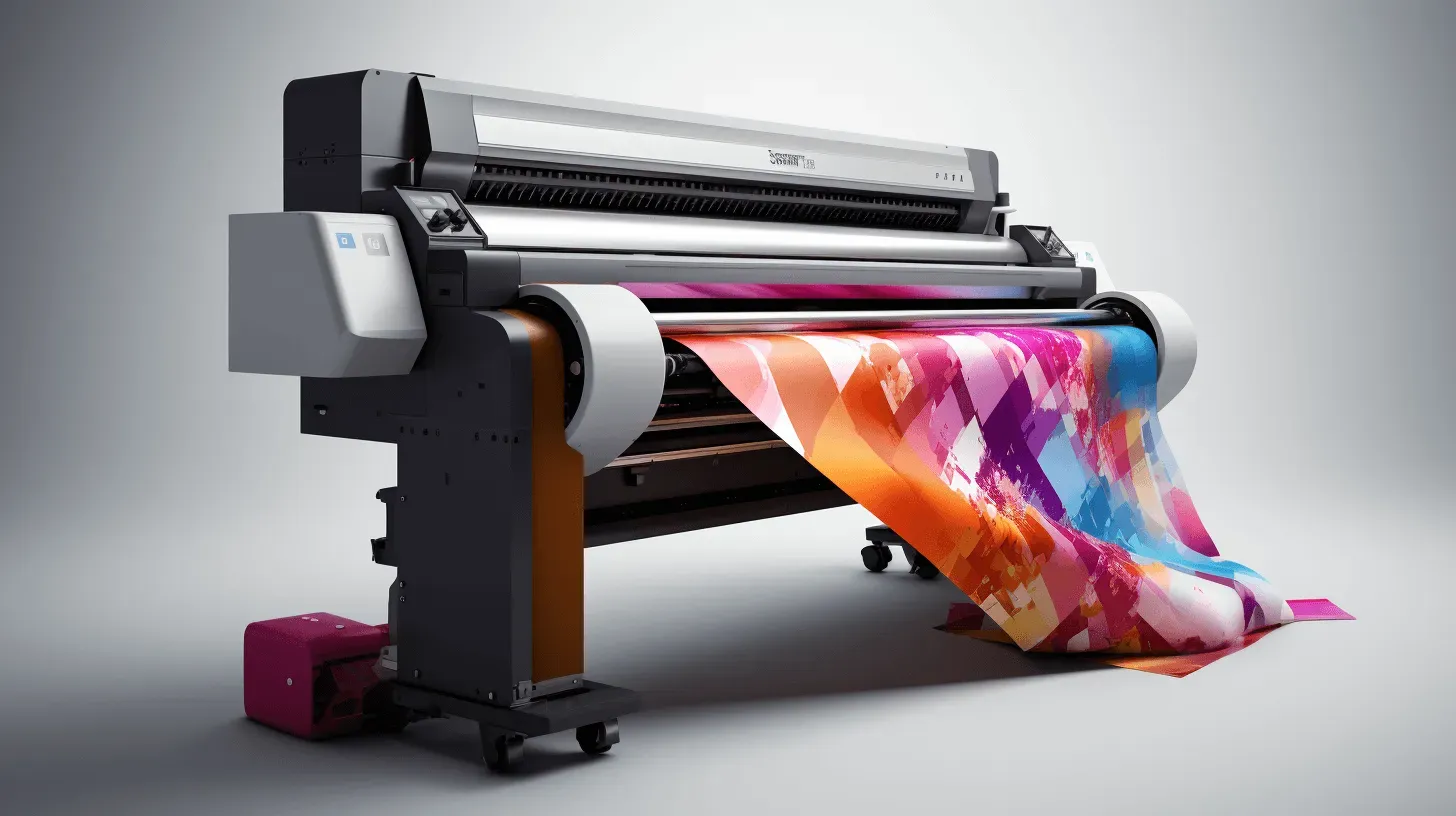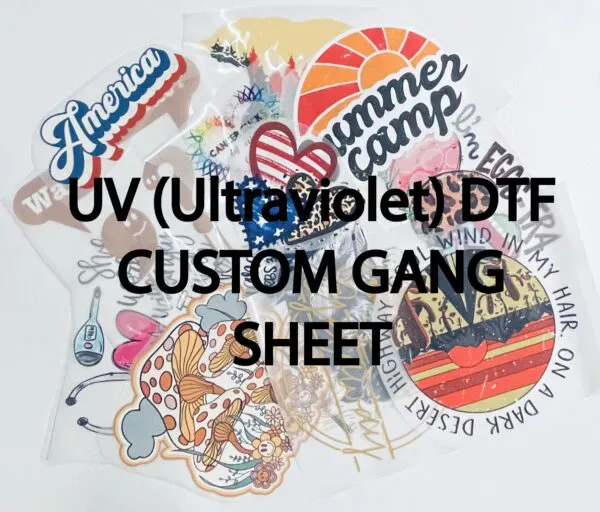DTF Technology: Maximize Your Creativity in T-Shirt Printing
In recent years, DTF technology, or Direct to Film printing, has transformed the landscape of custom t-shirt printing, offering remarkable opportunities for creative expression. This innovative approach allows designers to produce vibrant prints that not only stand out but also adhere brilliantly to various fabric types. As businesses and individual creators alike seek to differentiate their products, DTF technology emerges as a leading alternative to traditional methods like screen printing, facilitating intricate designs and color-rich prints. With the growing demand for personalized apparel, leveraging DTF technology can provide a significant edge in the competitive apparel printing industry. Join us as we explore the endless possibilities DTF offers for bringing your unique ideas to life.
Direct to Film printing represents a groundbreaking method in the realm of custom apparel production, enabling creators to transfer stunning visuals onto fabric with unprecedented ease. This technique is revolutionizing the way t-shirts and other garments are printed, allowing for incredible detail and lasting durability that traditional methods struggle to achieve. As screen printing alternatives are sought after for their efficiency and high-quality output, DTF technology shines, catering to diverse material needs and pushing the boundaries of what is possible in fashion and design. The versatility of this printing method not only meets the demands of a fast-paced market but also empowers artists to craft unique pieces that resonate with consumers. Discover how embracing DTF can elevate your printing projects and help you stay ahead in the ever-evolving apparel landscape.
The Creative Advantages of DTF Technology
DTF technology opens up a world of creative possibilities for designers and entrepreneurs alike. One of its most significant advantages is the ability to print intricate designs with vibrant prints that can appeal to a wide audience. Unlike traditional screen printing, which often has limitations regarding design complexity and color vibrancy, DTF allows creators to produce stunning visuals that stand out on any fabric. This is particularly beneficial for artists who want to ensure that their unique style is accurately captured and expressed on apparel.
Moreover, DTF technology supports a vast range of materials beyond just cotton t-shirts. It is capable of adapting to different fabrics, such as polyester, leather, and blends, allowing for a more versatile product line. This adaptability means that designers can experiment with various apparel items, expanding their offerings to include not only t-shirts but also hoodies, jackets, and even accessories. As a result, the creative landscape for apparel printing continues to grow, enabling companies to explore new markets and target various consumer preferences.
Exploring Custom T-Shirt Printing Options
Custom t-shirt printing has evolved significantly with the introduction of innovative techniques like DTF technology. Designers and businesses are increasingly turning to this method due to its user-friendly approach and high-quality output. The vibrant prints produced with DTF ensure that even the most detailed artwork comes to life on fabric, making each shirt unique and personalized. This is especially appealing in today’s market, where individuality and self-expression through fashion are prized.
In addition to the quality of the prints, DTF technology also allows for small-batch production runs. This is ideal for startups and small businesses that want to test designs without the risk and expense associated with larger print runs. The ability to produce custom t-shirts in smaller quantities makes it easier for designers to pivot their styles based on consumer feedback, fostering a more dynamic and responsive approach to fashion that was often unattainable with traditional screen printing methods.
DTF vs. Screen Printing: A Modern Perspective on Apparel Printing
When comparing DTF technology to traditional screen printing, it quickly becomes clear that the digital revolution offers solutions that the latter cannot. DTF printing stands out for its ability to print on a wider range of fabrics and colors, including dark materials, using white ink as a base. This versatility is a significant advantage for creators who wish to produce garments that cater to diverse customer needs and trends. By overcoming the limitations of screen printing, DTF allows for more expansive creativity and innovation in apparel design.
Furthermore, the speed and efficiency of DTF technology can also be a game-changer for businesses. The setup time and processes involved in screen printing can be cumbersome, especially when it comes to high-quality production. In contrast, DTF simplifies the printing process, allowing for quicker turnaround times, which is essential for meeting the fast-paced demands of today’s fashion market. As trends change rapidly, the ability to adapt production to include fresh and relevant designs makes DTF a compelling option for businesses and independent artists.
The Future of Custom Apparel: Embracing DTF Technology
As we move forward, DTF technology is poised to redefine the landscape of custom apparel printing. With constant advancements in printing technology, materials, and processes, creators have the chance to harness these developments to produce high-quality, vibrant prints that resonate strongly with consumers. The accessibility of DTF services means that more people can enter the custom printing market, thus increasing innovation and creativity across the board. Platforms like Sam’s DTF Transfers and DTFPrinter are leading the charge by providing resources that help educators and entrepreneurs navigate this exciting new realm.
The integration of user-friendly tools and resources will continue to encourage individual users to explore their creativity. As more people become familiar with DTF technology, its utilization is expected to expand beyond apparel, leading to more inventive applications across various sectors. This could include items like home decor and custom merchandise for events. The potential for growth and creativity through DTF technology is virtually limitless, solidifying its place as a cornerstone in the future of custom apparel printing.
Personalization: The Key Trend in Custom T-Shirt Printing
Personalization is emerging as one of the strongest trends in custom t-shirt printing, driven significantly by the capabilities of DTF technology. Customers today seek products that reflect their personalities and preferences, fostering a demand for unique apparel options. DTF printing allows for detailed custom designs that can be tailored to individual likes, whether it’s a special event, brand promotion, or personal expression. This level of customization is important not only for customer satisfaction but also for brand loyalty—offering personalized products can significantly boost repeat purchases.
Moreover, DTF technology enables businesses to streamline the personalization process without increasing production complexity. Unlike traditional methods that might require intricate setups for each unique order, DTF’s versatility means that each custom print can be executed with ease. This efficiency helps businesses to cater to the growing demand for personalized items without sacrificing quality or turnaround time. Ultimately, the synergy between personalization and DTF technology is reshaping consumer expectations and driving innovation in the custom apparel market.
Sustainability in Apparel Printing: DTF as an Eco-Friendly Option
As consumers become more conscious of sustainability, the printing industry is also adapting to meet these evolving expectations. DTF technology is leading the way in eco-friendly printing solutions. The process generates less waste compared to traditional methods like screen printing, where excess ink and materials often go unused. The ability to print directly onto films that can be precisely applied to a variety of fabrics allows for more sustainable production practices. This means that businesses can reduce their environmental footprint while still delivering high-quality products.
Additionally, sustainable practices can extend to the materials used in DTF printing. Many companies are exploring environmentally friendly inks and fabrics that align with consumers’ desires for eco-conscious products. The combination of less waste, decreased water usage, and the capability to print on demand makes DTF an attractive option for those looking to maintain sustainability in their business models. As awareness of environmental issues continues to grow, DTF technology positions itself as not just a printing method, but as a catalyst for meaningful change within the apparel industry.
Frequently Asked Questions
What is DTF technology in custom t-shirt printing?
DTF technology, or Direct to Film technology, is an innovative printing process that transfers designs onto fabric by first printing them on a special film. This method allows for vibrant prints on a variety of substrates, making it a versatile choice for custom t-shirt printing.
How does DTF technology compare to screen printing alternatives?
DTF technology offers several advantages over screen printing, such as greater flexibility with fabric types and the ability to produce intricate designs without color limitations. While screen printing can be cost-effective for large runs, DTF is ideal for smaller batches and offers better results on dark and diverse fabrics.
Can DTF technology be used for printing on different fabrics?
Yes, DTF technology is known for its fabric versatility. It can print on cotton, leather, polyester, and more, making it suitable for various apparel printing applications beyond just t-shirts.
What are the benefits of using DTF for vibrant prints?
DTF printing excels at producing vibrant prints characterized by strong colors and high detail. The process allows for better color accuracy and durability, ensuring that designs maintain their brilliance after multiple washes.
Is DTF technology suitable for beginners in custom apparel printing?
Absolutely! DTF technology is increasingly accessible for beginners. With user-friendly platforms and services, such as Sam’s DTF Transfers, newcomers can create custom designs without needing extensive printing expertise or expensive equipment.
How can DTF technology enhance personalized t-shirt designs?
With DTF technology, creating personalized t-shirt designs becomes effortless. Its ability to print intricate and unique designs means businesses can offer customized apparel that caters to individual tastes, enhancing customer engagement and sales.
| Key Benefits | Comparison to Other Methods | Applications |
|---|---|---|
| Versatility in printing on various fabrics and products. | DTF can print on a wider range of substrates compared to sublimation, including dark and cotton fabrics. | Used for custom designs, small-batch production, and personalization of t-shirts and other items. |
| Increasing accessibility for businesses and crafters, lowering barriers to start printing. | Sublimation is limited to polyester; DTF supports more fabric types. | Creators can explore various markets beyond apparel, like home décor and accessories. |
| High-quality prints with vibrant colors and durability. | DTF utilizes white ink, which enhances design capabilities. | Ideal for artists wanting to showcase detailed artwork and unique designs. |
Summary
DTF technology is transforming the landscape of custom t-shirt printing, bringing forth an abundance of creative possibilities for both novice and professional printers alike. As it offers exceptional versatility, affordability, and high-quality results, more individuals are discovering the potential to craft unique apparel and products that truly reflect their style and vision. With advancements in DTF technology and the emergence of user-friendly platforms like Sam’s DTF Transfers and DTFPrinter, the future of custom printing is not only bright but also accessible to everyone looking to explore their artistic side.

